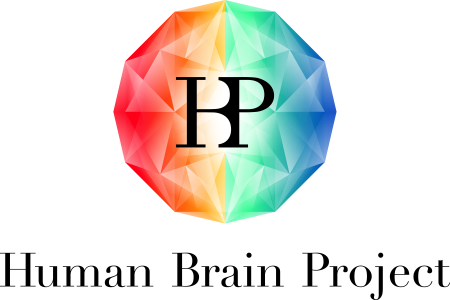Scientific discovery is based on the novelty of the questions you ask. This means that if you want to discover something new, you probably have to ask a different question. And since different people have different preconceptions and experiences than you, they are likely to formulate their questions differently. This makes a case for diversity in research, If we want to make new discoveries that concern diverse groups, diversity in research becomes even more important.
The Human Brain Project participated in the FENS 2020 Virtual Forum this summer, an international virtual neuroscience conference that explores all domains in modern brain research. For the Human Brain Project (HBP), committed to responsible research and innovation, this includes diversity. Which is why Karin Grasenick, Coordinator for Gender and Diversity in the HBP, explored the relationship between diversity and new discovery in the session “Of mice, men and machines” at the FENS 2020.
So why is diversity in research crucial to make new discoveries? Research depends on the questions asked, the models used, and the details considered. For this reason, it is important to reflect on why certain variables are analysed, or which aspects might play a role. An example is Parkinson’s disease, where patients are affected differently depending on both age and gender. Being a (biological) man or woman, old or young is important for both diagnosis and treatment. If we know that diversity matters in research on Parkinson’s disease, it probably should do so in most neuroscience. Apart from gender and age, we also need to consider other aspects of diversity, like race, ethnicity, education or social background. Because depending on who you are, biologically, culturally and socially, you are likely to need different things.
A quite recent example for this is Covid-19, which does not only display gender differences (as it affects more men than women), but also racial differences: Black and Latino people in the US have been disproportionately affected, regardless of their living area (rural or urban) or their age (old or young). Again, the reasons for this are not simply biologically essentialist (e.g. hormones or chromosomes), but also linked to social aspects such as gendered lifestyles (men are more often smokers than women), inequities in the health system or certain jobs which cannot be done remotely (see for example this BBC Future text on why Covid-19 is different for men and women or this one on the racial inequity of coronavirus in The New York Times).
Another example is Machine Learning. If we train AI on data that is not representative of the population, we introduce bias in the algorithm. For example, applications to diagnose skin cancer in medicine more often fail to recognize tumours in darker skin correctly because they are trained using pictures of fair skin. There are several reasons for not training AI properly, it could be a cost issue, lack of material to train the AI on, but it is not unlikely that people with dark skin are discriminated because scientists and engineers simply did not think about diversity when picking material for the AI to train on. In the case of skin cancer, it is clear that diversity could indeed save lives.
But where to start? When you do research, there are two questions that must be asked: First, what is the focus of your research? And second, who are the beneficiaries of your research?
Whenever your research focus includes tissues, cells, animals or humans, you should consider diversity factors like gender, age, race, ethnicity, and environmental influences. Moreover, any responsible scientist should consider who has access to their research and profits from it, as well as the consequences their research might have for end users or the broader public.
However, as a researcher you need to consider not only the research subjects and the people your results benefit. The diversity of the research team also matters, because different people perceive problems in different ways and use different methods and processes to solve them. Which is why a diverse team is more innovative.
If you want to find out more about the role of diversity in research, check out the presentation “Of mice, men and machines” or read the blogpost on Common Challenges in Neuroscience, AI, Medical Informatics, Robotics and New Insights with Diversity & Ethics.

Written by…
Karin Grasenick, founder and managing partner of convelop, coordinates all issues related to Diversity and Equal Opportunities in the Human Brain Project and works as a process facilitator, coach and lecturer.

&
Julia Trattnig, consultant and scientific staff member at convelop, supports the Human Brain Project concerning all measures and activities for gender mainstreaming and diversity management.
We recommend readings
This is a guest blog post from the Human Brain Project (HBP). The HBP as received funding from the European Union’s Horizon 2020 Framework Programme for Research and Innovation under the Specific Grant Agreement No. 945539 (Human Brain Project SGA3).



